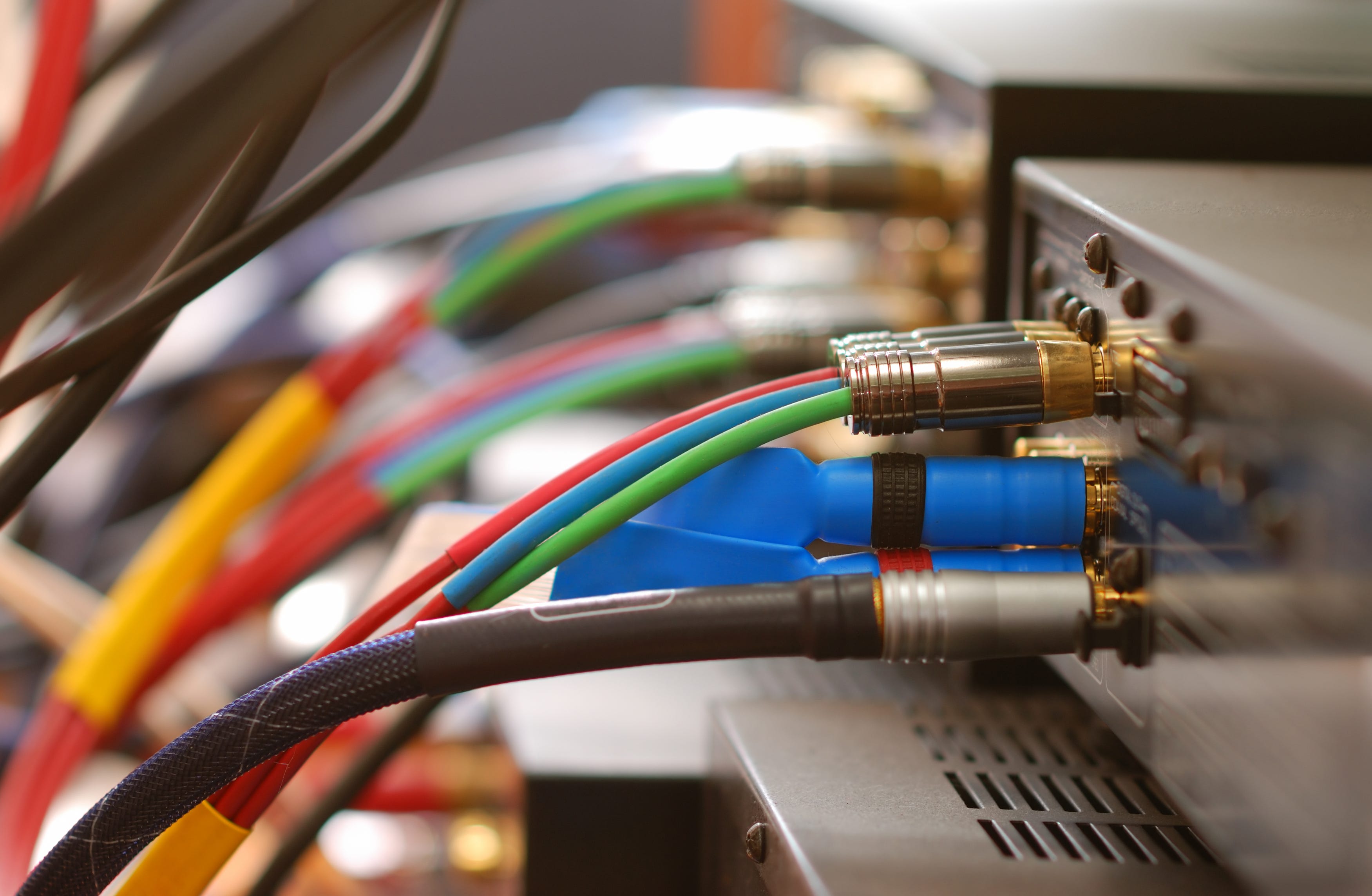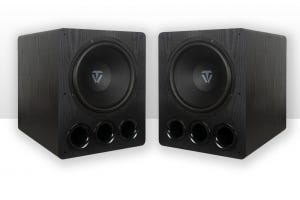
If you have a hifi audio or home entertainment system, you've probably wondered before: do high quality cables really impact sound? This is a commonly debated topic among audiophiles and audio equipment engineers. If you've looked into it, you've probably seen many different answers. Some experts claim that quality cables make no difference, while many companies claim that their high-end cables will take your sound system to the next level. So, what is the truth? To understand the reality of cable quality, you need to understand the role that cables play and the components that impact a cable's function.
Cable Function and Performance
Speaker cables and RCA interconnects serve two key roles in your sound system: transferring the audio signal while maintaining its purity, and protecting the signal from interference that adds noise. A poor quality cable will limit the performance capabilities of your speakers because the signal they receive will have interference and imperfections. So, a high quality cable can not make your equipment's performance any better, but it can make your system sound better than a low quality cable simply by preserving the audio signal itself.
However, the answer doesn't stop there. What actually makes a high quality cable? Contrary to what you might think, it doesn't always have to do with price. The cables you're using now may be good enough for your system even if they weren't expensive. These are the key markers of a cable's performance:
Resistance: The amount of energy lost in transferring a signal from one piece of equipment to another (in this case, the speaker). Low resistance means more power is delivered to the speaker.
Capacitance: A measure of electric charge held in the wire; The higher the capacitance, the more charge a cable will hold at a given voltage.
Inductance: Changes in current result in changes in voltage, also known as inductance. When it comes to speaker wires, inductance is typically very low or negligible.
The main components of a speaker cable that impact these performance indicators include:
Length: The longer a cable, the more resistance there is. High resistance means energy loss, or the cable won't be able to preserve the audio signal with purity. Running a signal over long distances usually results in a lower quality signal. This problem is usually negligible for home entertainment setups, which is why cable quality really comes into play when dealing with wires longer than about 10 metres.
Gauge or thickness: The gauge of a wire refers to its thickness; lower gauge ratings mean thicker wires. Wires with low gauge tend to have less resistance. Standard speaker cables have 16-gauge wire, which is fine for almost all typical home systems. A lower gauge only needs to be considered when dealing with exceptionally long speaker cable.
Composition: The material that a wire is composed of impacts its ability to conduct electricity and transfer an audio signal. Copper is a common material used because it is affordable and inherently has low resistance; copper, however, is susceptible to corrosion if exposed to the air. Silver has lower resistance than copper, but at a higher price point.
When Quality is Important
With these components in mind, it's important to realize that a cable with higher quality components does not always equate to a higher quality sound from your system. With standard speaker cable, you won't actually be able to notice any decline in sound quality until the wire's resistance is greater than the speaker's impedance by more than 5 percent. The impedance of a speaker is a measure of the resistance it adds to the input signal, which is dictated in Ohms. Consumer speakers will have impedance ratings of 2-ohm, 4-ohm, 8-ohm, 16-ohm, or 32-ohm.
In other words, unless the wire's resistance is significantly higher than the speaker's impedance, there won't be any noticeable changes in quality. For example, a 4-ohm speaker is fully compatible with a 16-gauge copper wire at lengths up to about 7.3 metres. Beyond that length, the performance quality will start to degrade, unless you increase the thickness of the wire.
So, the final answer on whether or not cable quality impacts performance is: it depends. For most consumer applications, the equipment power load and cable length isn't strenuous enough for factors like composition and thickness to degrade sound quality. Additionally, a more expensive cable doesn't mean a higher quality cable. Choosing cables that preserve the audio signal really comes down to understanding resistance and the gauge level you need at a certain length. If you're dealing with a complex setup or cables longer than 10 metres, don't just sink money into expensive cables; instead, calculate the cable properties required for the job and make sure you get a cable that will offer low enough resistance.





